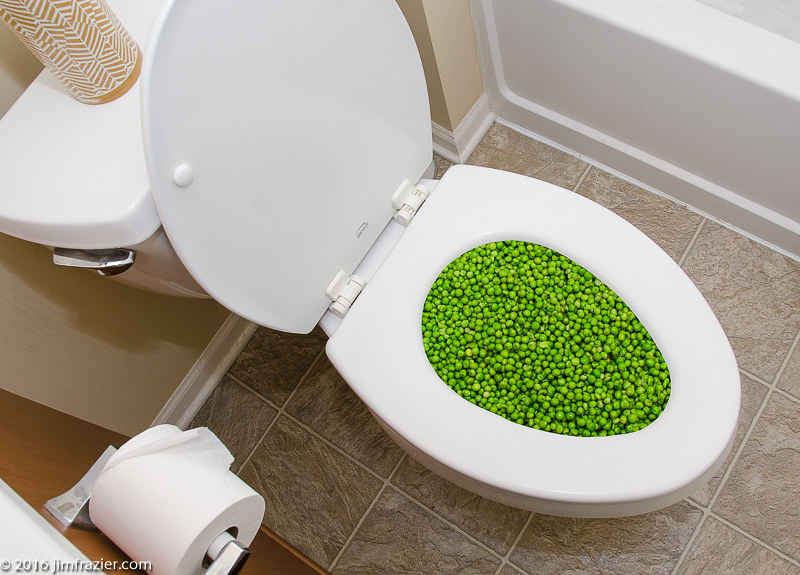How do you feel when it comes to Flushing Food Down the Toilet??

Intro
Many individuals are often confronted with the issue of what to do with food waste, particularly when it pertains to leftovers or scraps. One common question that occurs is whether it's fine to flush food down the toilet. In this article, we'll explore the reasons why individuals might take into consideration purging food, the repercussions of doing so, and alternative approaches for proper disposal.
Reasons that individuals could consider flushing food
Lack of awareness
Some individuals might not know the possible harm triggered by flushing food down the bathroom. They may wrongly think that it's a safe technique.
Convenience
Purging food down the commode might feel like a fast and easy service to taking care of undesirable scraps, specifically when there's no close-by garbage can offered.
Negligence
Sometimes, individuals may merely select to flush food out of large negligence, without considering the effects of their activities.
Repercussions of flushing food down the bathroom
Ecological effect
Food waste that ends up in rivers can add to pollution and damage aquatic environments. In addition, the water used to flush food can stress water resources.
Plumbing concerns
Flushing food can result in clogged up pipes and drains pipes, causing costly pipes repair services and hassles.
Kinds of food that should not be flushed
Fibrous foods
Foods with fibrous textures such as celery or corn husks can obtain entangled in pipelines and trigger blockages.
Starchy foods
Starchy foods like pasta and rice can take in water and swell, causing clogs in pipes.
Oils and fats
Greasy foods like bacon or food preparation oils should never be flushed down the bathroom as they can strengthen and trigger clogs.
Appropriate disposal approaches for food waste
Utilizing a garbage disposal
For homes geared up with waste disposal unit, food scraps can be ground up and purged with the plumbing system. Nevertheless, not all foods are suitable for disposal in this fashion.
Recycling
Specific food packaging materials can be recycled, decreasing waste and decreasing ecological impact.
Composting
Composting is a green method to dispose of food waste. Organic products can be composted and made use of to enrich dirt for gardening.
The importance of appropriate waste monitoring
Lowering ecological harm
Proper waste monitoring methods, such as composting and recycling, assistance lessen air pollution and protect natural resources for future generations.
Shielding plumbing systems
By staying clear of the technique of flushing food down the commode, homeowners can avoid costly pipes repair services and maintain the integrity of their plumbing systems.
Final thought
Finally, while it may be tempting to purge food down the commode for benefit, it is essential to understand the prospective effects of this activity. By adopting correct waste administration practices and disposing of food waste sensibly, people can add to much healthier plumbing systems and a cleaner setting for all.
FLUSH FOOD DOWN THE TOILET?
FLUSHING FOOD CAN CAUSE BLOCKED DRAINS IN YOUR HOME
All of the plumbing fixtures in your home are connected to the same sewer pipe outside of your home. This outdoor sewer pipe is responsible for transporting all the wastewater from your home to the Council sewer mains. Even small pieces of food that go down the kitchen sink can cause problems for your sewer. It should therefore be obvious that flushing larger bits of food, such as meat, risks a clog in either the toilet itself or the sewer pipes. Flushing greasy food is even more problematic because oil coagulates when it cools, coating the interior lining of your pipes.
THE TOILET IS NOT A BIN
Food isn’t the only thing that people shouldn’t be flushing down the toilet. People use the toilet to dispose of all kinds of things such as tampons, makeup wipes, dental floss, kitty litter and even underwear. Water goes to great lengths to educate residents about the high costs and stress placed on wastewater treatment systems simply from people flushing the wrong stuff down the toilet. It costs taxpayers millions of dollars each year, and homeowners thousands in blocked drain repairs.
FLUSHING FOOD IS A WASTE OF WATER
Flushing food is a waste of our most precious resource - water. In June this year Level 1 water restrictions were introduced to protect water supply from drought conditions. Much of New South Wales continues to be affected by prolonged drought with recent figures revealing up to 97 per cent of the state remains in drought. Depending on whether you have a single or dual flush toilet, every single flush uses between five and 11 litres of water. In the current climate this is a huge amount of water to be wasting on flushing food that should be placed in the bin (or better yet, the compost).
https://www.jabplumbingsolutions.com.au/blog/can-you-flush-food-down-the-toilet

Do you really like reading up on ? Post feedback below. We would be happy to hear your reactions about this write-up. We hope to see you back again soon. Feel free to take a moment to distribute this content if you enjoyed it. Bless you for being here. Please visit our blog back soon.
Call Today